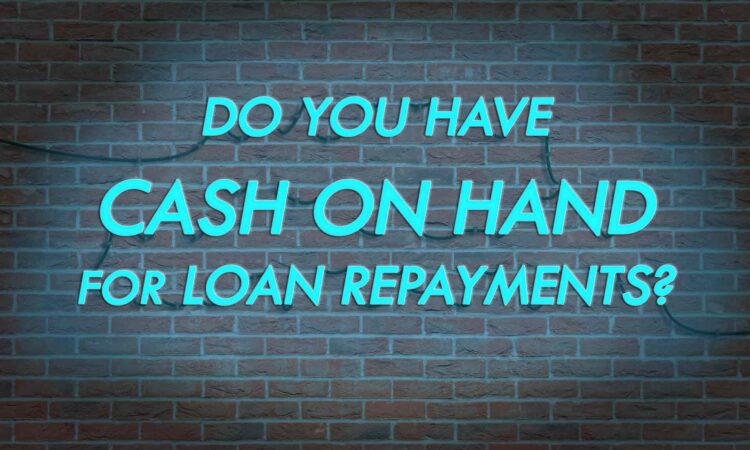Many businesses took Paycheck Protection Program (PPP) loans in order to protect their business from the decline in revenue due to the pandemic. These loans were presented as forgivable, and many business owners have operated under the assumption that they would not need to repay the loan. Unfortunately for business owners, there is an application process required for loan forgiveness and there is little incentive for banks to process loan forgiveness applications. Many businesses expecting automatic forgiveness may be in for a rude awakening when they discover they have to repay some or all of the loan amount and the accompanying 1% interest. Here is what to do if you do not qualify for the small business PPP loan forgiveness.
PPP Loan Forgiveness Application
Businesses have up to 10 months before loan repayment is due, so if you are seeking forgiveness, it’s best to apply before then. The application for PPP loan forgiveness is estimated to take about three hours, but this could take much longer if you are unsure of how to fill it out. The time it takes to complete this application could also serve as another distraction for business owners trying to focus on running their business.

PPP Repayment
PPP loans come with the possibility of forgiveness, but otherwise they have a 1% interest rate. This is very low for loans, yet these repayments could still create an issue for business owners with depressed revenue struggling to keep their business going. Suddenly there is another payment obligation that may inhibit business growth or survival. Avoiding this situation requires forgiveness application and then approval. Currently, as banks are not prioritizing submitting forgiveness applications to the SBA for approval, business owners overwhelmingly do not know whether their PPP loans will be forgiven. This uncertainty demands planning to have cash on hand to repay some or all of the loan in the event that the application does not yield full forgiveness. Finding available working capital to cover loan repayments while also battling decreased revenue from the pandemic and a recession for the foreseeable future will be small business’ biggest hurdle.
How to Repay PPP Loans
The first step business owners should take to prepare to repay some or all of their PPP loans is reviewing their budgets. Slash what makes sense, and even increasing some spending can produce more working capital. Be sure to play into your business strengths in order to maximize productivity and revenue. These actions should all revolve around improving cash flow. Healthy cash flow allows for small businesses to sell and grow by allowing flexibility and larger sales volumes. Invoice factoring is a tried and true method of improving small business cash flow. Factoring services are sometimes called ‘recession-proof’ because of the reliable funding it provides regardless of business credit or time in business. Start up businesses and established businesses alike have access to invoice factoring or accounts receivable funding in order to protect and grow their operations. By freeing up working capital in your business, factoring allows small businesses to have cash on hand to repay PPP loans, and it is a smart way to prepare for loan repayment in the case of not receiving full PPP loan forgiveness.

